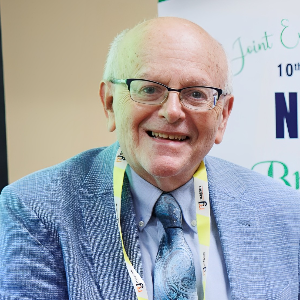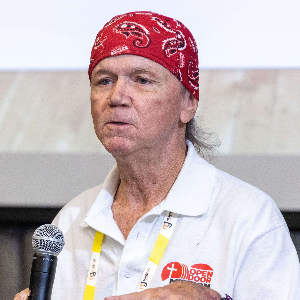Addiction - From Animal Models to Case Studies
- Addiction in animals
- Animal cognition
- Opioid Crisis
Animal models of chronic drug use have given pivotal experiences into the affiliated learning, utilitarian neuroanatomical, and cell instruments of substance use problems. Chronic drug use is a neuro mental turmoil with grave individual results that has an uncommon worldwide financial effect. Not with standing many years of examination, the alternatives accessible to treat compulsion are regularly incapable in light of the fact that our simple comprehension of medication prompted pathology in cerebrum circuits and synaptic physiology represses the reasonable plan of effective treatments. This arrangement will emerge first from creature models of compulsion where experimentation at the degree of circuits and sub-atomic science is conceivable. We will audit the most well-known pre-clinical models of addictive conduct and examine the points of interest and hindrances of each. This remembers non-unforeseen models for which creatures are inactively presented to remunerating substances, just as generally utilized unexpected models, for example, drug self-organization and backslide.

Nile Stanley
University of North Florida, United States
Ann Marie Leonard Zabel
Curry College, United States
Edie Raether
NeuroShifts and Wings for Wishes Academy, United States
John Michael Weber
Open Door Mission in Houston Texas, United States
Owonaro Peter
Bayelsa State Drug Avuse Addiction Prevention and Rehabilitation Committee (BADAPARC), Nigeria
Sindu Padmanabhan
Bharathiar University, India




Title : Integrating bibliopoetry therapy and digital health technologies for inflammation management: A neuropsychosomatic perspective
Nile Stanley, University of North Florida, United States
Title : Evaluation of prevalence and pattern of tobacco use in yenagoa city in bayelsa state south of nigeria
Owonaro Peter, Bayelsa State Drug Avuse Addiction Prevention and Rehabilitation Committee (BADAPARC), Nigeria
Title : Engaging learners through gamification, creativity, and human-centered design
Tero Moliis, Versantium, United States
Title : Neuropharmacological and regulatory drivers of tianeptine misuse in the united states: A growing public health concern
Darcy Tocci, NSU College of Pharmacy, United States
Title : Awakening sovereignty within: Healing trauma, releasing codependency, and returning to self-trust
Whitney Walker, Mental Health Therapist/ Podcast Host, United States
Title : You can save a life: Real conversations, real solutions for suicide prevention
frank King, The Mental Health Comedian, LLC, United States